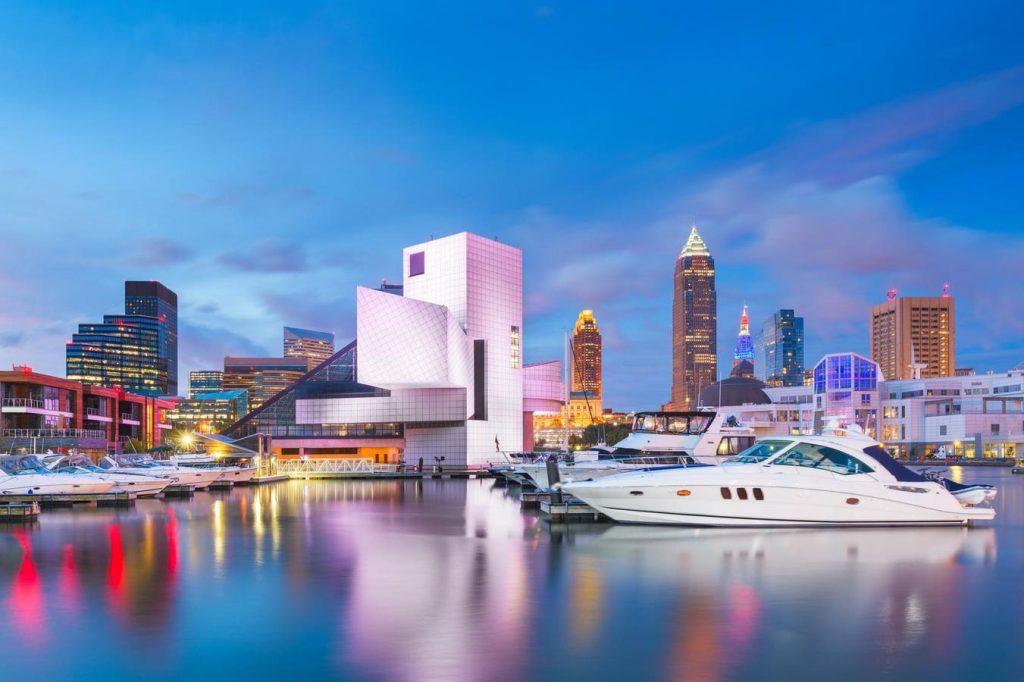Ohio, once a hub for Gilded Age industrialists and their opulent mansions on Cleveland’s Millionaire’s Row, has seen its population decline in recent decades. However, pockets of prosperity remain, evident in the state’s most expensive ZIP codes. These exclusive enclaves, identified using Zillow’s Home Value Index and Census Bureau data, range from affluent suburbs surrounding major cities like Cincinnati and Cleveland to more secluded, picturesque areas further removed from urban centers. This analysis, based on December 2024 data and encompassing yearly and five-year growth trends, reveals a concentration of wealth in specific Ohio locales.
Dominating the list is ZIP code 45174, encompassing Terrace Park, a wealthy suburb east of Cincinnati, bordered by the Little Miami River. This area boasts exceptionally high incomes, with over half of households earning $200,000 or more annually. The median household income reaches $205,795, significantly surpassing both state and national averages, while the average household income climbs even higher to $291,821. Home values in this ZIP code have experienced remarkable growth, surging 5.9% in a single year and an impressive 50% over the past five years, reaching a median of $697,333.
Neighboring ZIP code 45243, encompassing Madeira and Indian Hill, secures the second spot on the list. This similarly affluent Cincinnati suburb boasts a high median household income of $170,006, which is dwarfed by its average household income of $286,101, with over two-fifths of households earning $200,000 or more. This area has witnessed substantial home value appreciation, with a 44.7% increase over five years, culminating in a median value of $673,777. The one-year growth is equally impressive, at 6.6%, representing an increase of over $40,000.
Shifting to the Cleveland area, ZIP code 44040, centered on Gates Mills, claims the third position. This picturesque locale, offering ample space for grand residences, mirrors the high-income profiles of the Cincinnati suburbs. Nearly half of households earn at least $200,000 annually, with a median household income of $166,579. However, the average household income significantly surpasses this figure, reaching $284,077, and climbing to $322,689 for families. Home values in this area have experienced robust growth, appreciating 42.2% over five years to $660,432, and an additional 6% in the past year, adding almost $40,000 to the median value.
North of Columbus, ZIP code 43021, centered on Galena and situated near Alum Creek Lake and the Hoover Reservoir, ranks fourth. This area features high incomes, with a median of $160,120 and an average of $206,810. Mirroring the top three ZIP codes, home values in 43021 have experienced significant appreciation, increasing by 46.3% over five years to reach $604,966.
Rounding out the top five is ZIP code 45206 within Cincinnati itself, primarily encompassing the Hyde Park neighborhood northeast of downtown. While still affluent, this area displays slightly lower income figures compared to the suburban leaders, with just under a third of households earning $200,000 or more. The median household income stands at $133,213, while the average reaches $186,519. Home value growth, while substantial at 37.4% over five years, reaching $569,884, is less dramatic than in the other top ZIP codes.
These top five most expensive ZIP codes in Ohio exemplify the state’s persistent pockets of wealth, driven by high incomes and significant home value appreciation. While Ohio’s overall population may be declining, these exclusive areas continue to attract affluent residents, contributing to a dynamic real estate market characterized by escalating property values. The concentration of wealth in these ZIP codes underscores the disparities in economic prosperity across the state, with suburban areas surrounding major cities, particularly Cincinnati and Cleveland, appearing to be particularly attractive to high-income earners. This analysis offers a snapshot of Ohio’s luxury housing market, reflecting the ongoing demand for upscale properties in select locations, despite the state’s broader demographic trends.










